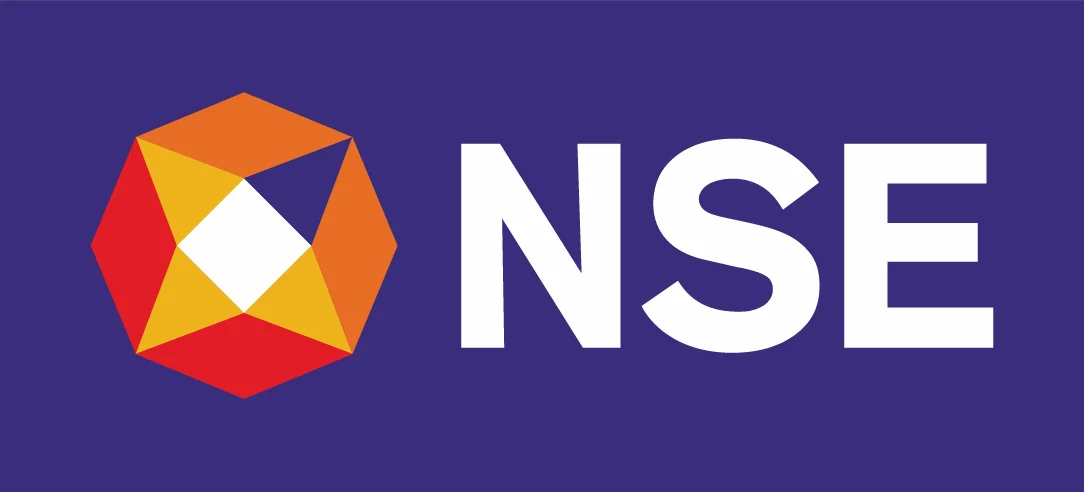is your gold really safe in a bank locker ?
Storing gold in a bank locker may seem like the safest option, but it comes with its own set of risks. Many bank lockers are located in basements, making them susceptible to flooding. In such cases, water damage can lead to rusting, tarnishing, or even the deterioration of your precious valuables over time.
Additionally, while bank lockers offer a layer of security against theft, they are not entirely foolproof. In the unfortunate event of a break-in or robbery, banks typically provide limited insurance coverage—often capping at ₹3 lakhs. This amount is significantly lower than the actual value of most gold holdings, leaving locker owners with a considerable financial gap in case of loss. Therefore, it’s essential to evaluate alternative ways to store gold securely while ensuring adequate insurance coverage.
A smarter alternative? The Gold Monetization Scheme (GMS).
You can deposit your gold in a bank under GMS for 5-7 or 12-15 years and earn 2.25-2.5% annual interest —something a locker won’t offer. The government certifies the purity and quantity of your gold, keeping it secure while you benefit from both appreciation and interest.
No locker rent, no security worries—just a safer, more rewarding way to store your gold. Check with your bank today!
India’s Gold Monetisation Scheme (GMS), launched in 2015, offers a unique opportunity for individuals, businesses, and institutions to deposit their idle gold and earn returns. This initiative allows gold to be mobilized for productive use, offering an alternative investment option while also providing interest. Below, we address some of the most common questions about the scheme, including eligibility, deposit procedures, and the types of gold deposits available.
As per the RBI Gold Monetisation Scheme, 2015, let’s first understand the rules and regulations before reaching a conclusion.
Do Banks Need RBI Approval to Participate in the Gold Monetisation Scheme?
No, banks are not required to obtain prior approval from the Reserve Bank of India (RBI) to participate in the GMS. However, they are obligated to submit the implementation details to the RBI. These details include:
- The names of Collection and Purity Testing Centres (CPTCs) and refiners involved in the scheme.
- The branches of the bank where the scheme will be offered.
- A monthly report detailing the amount of gold mobilized by all branches, provided in the prescribed format.
This ensures proper monitoring and reporting of gold mobilized under the scheme.
Who Can Make a Deposit Under the Gold Monetisation Scheme?
The scheme is open to a wide range of entities in India, including:
- Individuals
- Hindu Undivided Families (HUFs)
- Proprietorship & Partnership Firms
- Trusts, including Mutual Funds and Exchange-Traded Funds (ETFs) registered under SEBI (Mutual Fund) Regulations
- Companies
- Charitable Institutions
- Central and State Governments, and any other entity owned by them.
So, anyone who qualifies as a resident Indian or an institution under the criteria can participate in the scheme.
How Can a Customer Make a Deposit Under the Scheme?
To make a deposit, eligible individuals need to open a Gold Deposit Account with any of the designated banks, after fulfilling the Know Your Customer (KYC) norms. The procedure is as follows:
- Gold Deposit: Depositors typically submit their gold to a CPTC or GMS Mobilisation, Collection & Testing Agent (GMCTA), where the gold’s purity is tested in their presence.
- Receipt and Deposit Credit: The depositor is issued a receipt for the standard gold of 995 fineness. The deposit is then credited into a Short-Term Bank Deposit (STBD) or Medium/Long-Term Government Deposit (MLTGD) account, depending on the type of deposit chosen.
- Interest Accrual: Interest on the deposit begins from the date the gold is converted into tradable gold bars, or 30 days after the gold is received at the CPTC/GMCTA, whichever is earlier.
What Is the Minimum and Maximum Amount of Gold That Can Be Deposited?
The minimum deposit required under the scheme is 10 grams of raw gold. This gold can come in the form of bars, coins, or jewelry (excluding stones and other metals). There is no maximum limit on how much gold can be deposited. The weight of the gold is expressed up to three decimal places.
Can Deposits Be Made for Durations Outside the Specified Timeframes?
No, deposits can only be made for the following specified durations:
- Short-Term Bank Deposit (STBD): 1-3 years
- Medium-Term Government Deposit (MTGD): 5-7 years (with a minimum lock-in of 3 years)
- Long-Term Government Deposit (LTGD): 12-15 years (with a minimum lock-in of 5 years)
These deposits can be renewed upon maturity, but there is no option for deposits outside these timeframes, such as 4 or 9 years.
Is KYC Mandatory for Depositors?
Yes, KYC is mandatory for anyone looking to make a deposit under the Gold Monetisation Scheme, unless the depositor is already a KYC-compliant customer of the bank. In such cases, the depositor may proceed directly with the deposit process.
What Types of Deposits Are Available and What Are the Interest Rates?
The GMS offers three types of deposits:
- Short-Term Bank Deposit (STBD): 1-3 years
- Medium-Term Government Deposit (MTGD): 5-7 years
- Long-Term Government Deposit (LTGD): 12-15 years
Interest Rates:
- STBD: Interest is determined by the bank.
- MTGD: 2.25% per annum, with simple interest paid annually or compounded at maturity.
- LTGD: 2.50% per annum, with simple interest paid annually or compounded at maturity.
The interest rate for Medium-Term and Long-Term Deposits is determined by the Central Government and is communicated to the banks by the RBI.
Can Gold Deposits Be Joint?
Yes, joint ownership of the deposit is allowed under the scheme. A deposit can be made in the joint names of two or more eligible depositors. The rules for joint bank account operations, including nomination, will apply to joint gold deposits.
Can Depositors Close Their Accounts Before the Lock-In Period?
Depositors cannot close their accounts before the lock-in period except under special circumstances:
- In case of death of the depositor.
- Loan default: In the event of loan default against an MLTGD certificate, early closure is allowed.
In the case of STBD, premature closure provisions will depend on the bank’s individual policies.
What Happens if the Depositor Doesn’t Want to Invest in GMS?
If a customer doesn’t wish to invest in the GMS after the purity of their gold is determined by the CPTC/GMCTA, they can choose to take back the gold. However, if the gold is tested using the fire assay method, the gold will be returned in a post-melted form. Therefore, it’s important for the depositor to decide whether they want to retrieve the gold in its original form before agreeing to the fire-assay testing.
What Form Will the Depositor Receive Gold or Money at Maturity?
When the deposit matures, the depositor has the option to receive their gold in its original form or in INR equivalent. For interest payments, the value of gold will be calculated in terms of Indian Rupees at the time of deposit. If a depositor opts for redemption in INR, the gold’s value will be converted to INR based on the current rate.
Can a Depositor Avail a Loan Against the Gold Deposited?
Yes, depositors can avail of rupee loans against the collateral of their Gold Deposit Certificates issued under the GMS. This can help those looking for liquidity while still earning returns on their gold investments.
The Gold monetization Scheme offers a structured way for individuals and entities to monetize their idle gold. Whether you’re looking to earn interest on your gold, need a loan against it, or simply want to help boost the economy by mobilizing this precious asset, the GMS provides a well-regulated platform. By understanding the details of eligibility, deposit procedures, and the terms of the scheme, you can make an informed decision about how to participate in this initiative.









